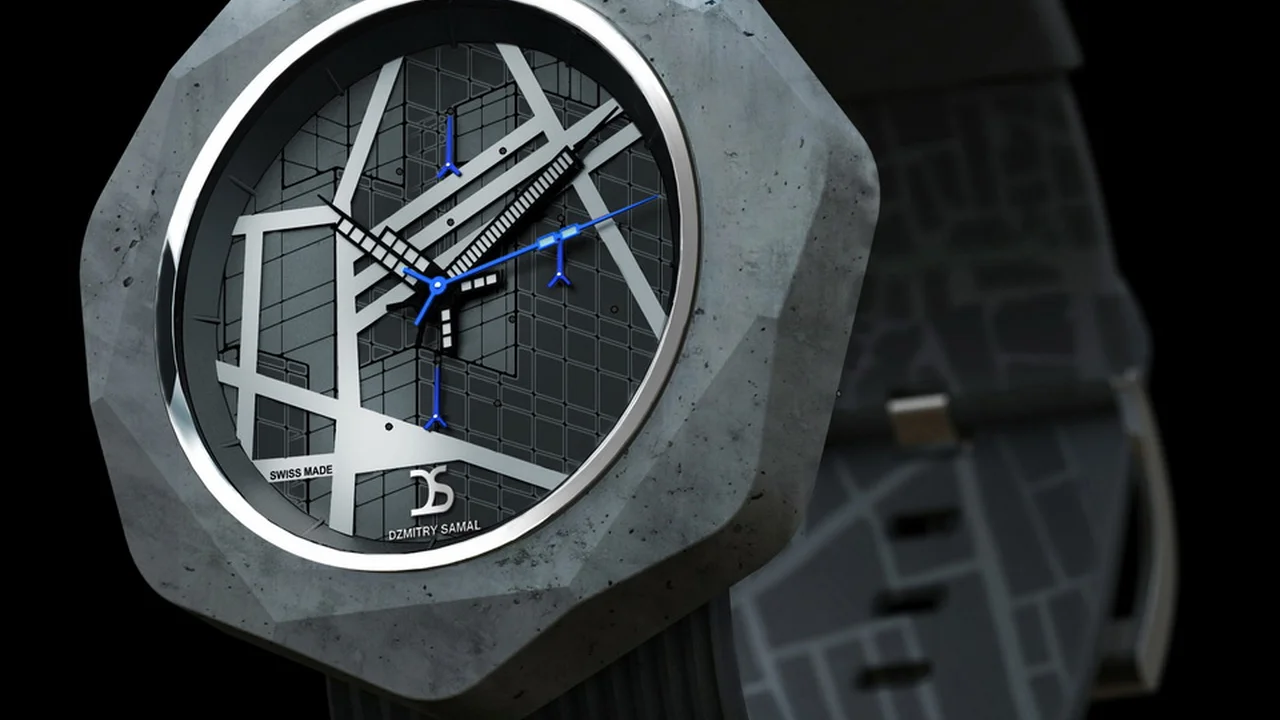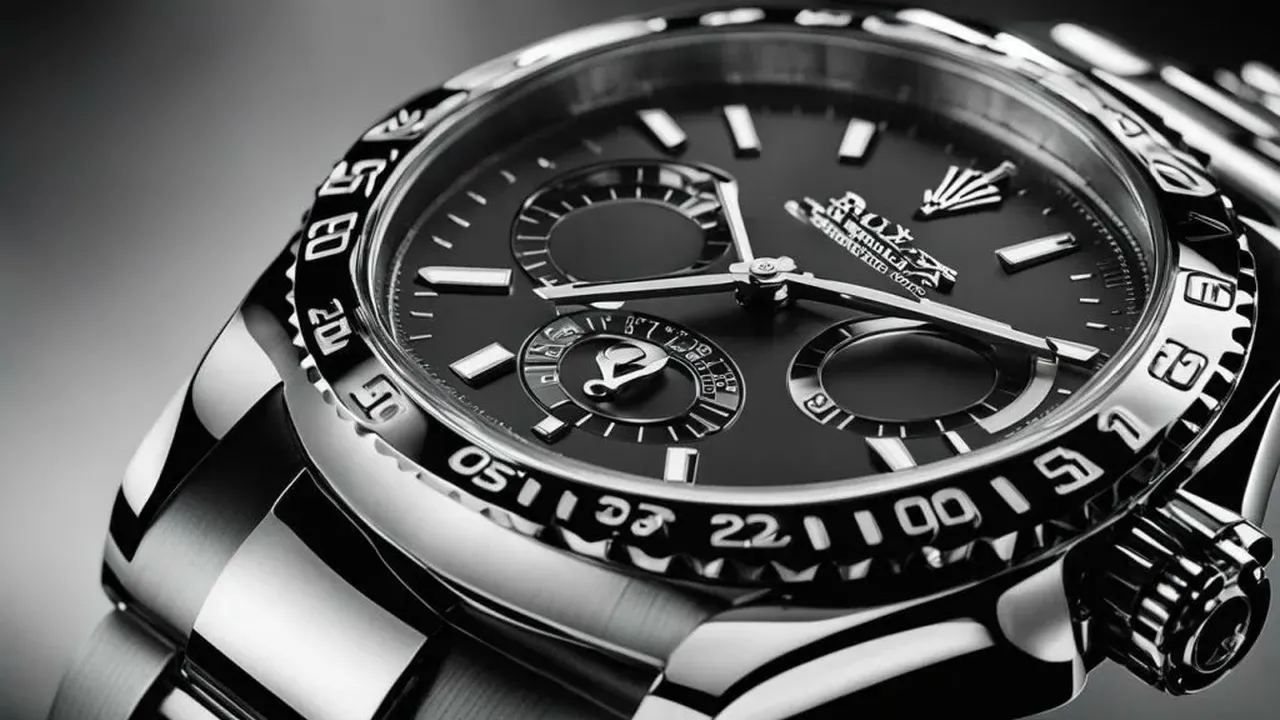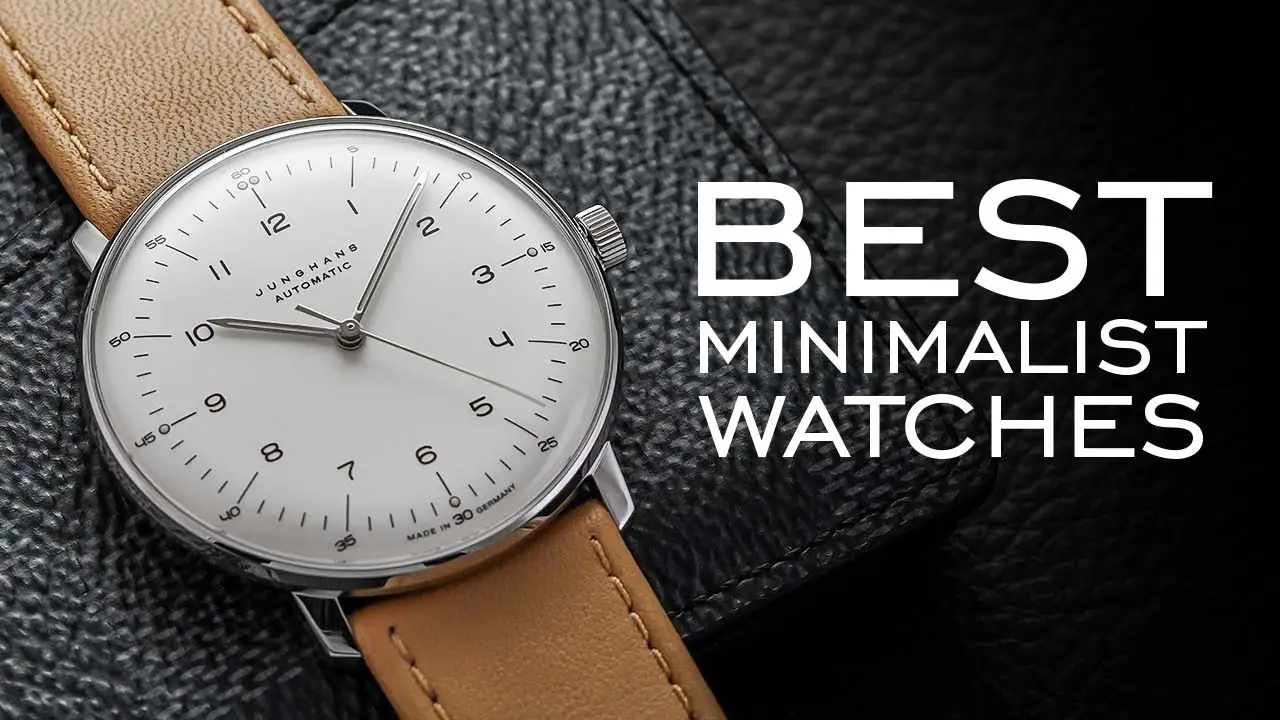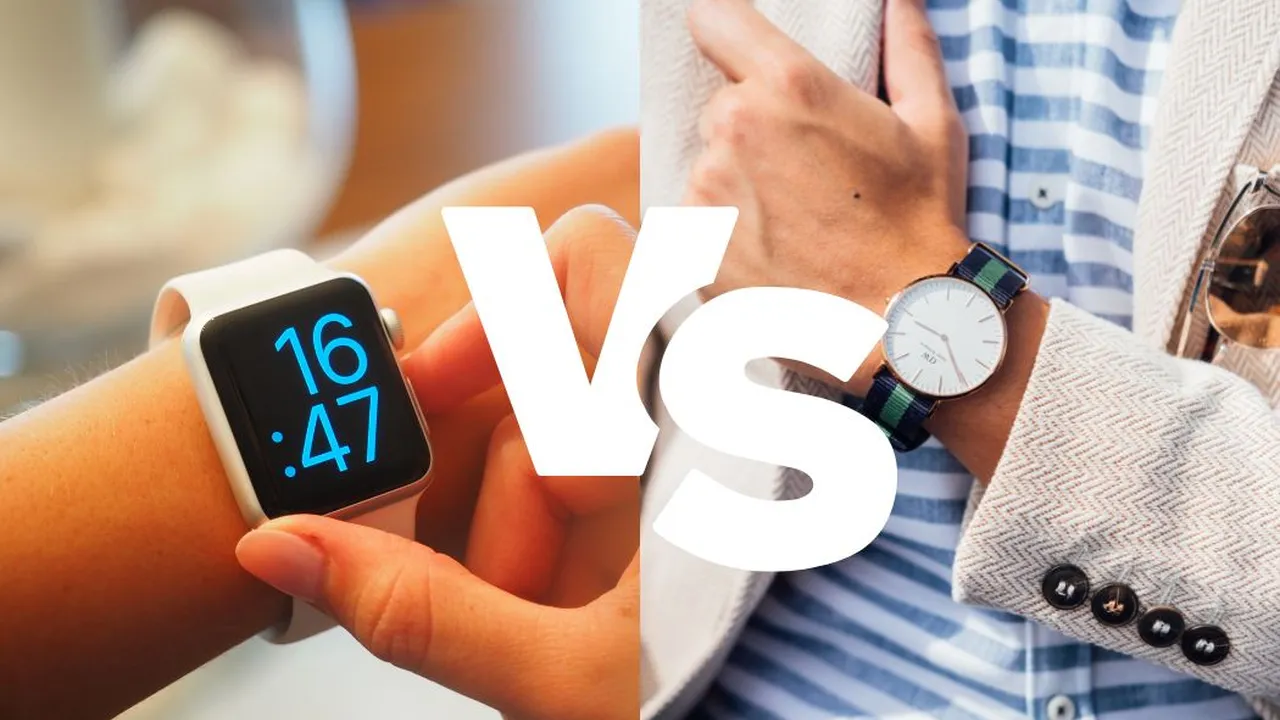Luxury Watch Materials: A Guide to Gold, Platinum, and More
Discover the different materials used in luxury watches, including gold, platinum, and other precious metals. Understand their properties and aesthetic appeal.

Luxury Watch Materials Introduction Gold Platinum Steel Titanium and Ceramics
Hey watch enthusiasts! Ever wondered what makes a luxury watch, well, *luxury*? It's not just about the brand name or intricate movements; the materials used play a HUGE role. From the gleam of gold to the sleekness of titanium, each material brings its own unique characteristics to the table. Let's dive in and explore the fascinating world of luxury watch materials.
Gold Watches Understanding Gold Purity and Colors
Ah, gold. The classic symbol of luxury. But did you know that gold comes in different purities and colors? Pure gold (24k) is too soft for watchmaking, so it's alloyed with other metals to increase its durability. Here's a breakdown:
- 24k Gold: 99.9% pure gold. Too soft for practical use in watches.
- 18k Gold: 75% gold, alloyed with other metals like silver, copper, and palladium. This is the most common gold purity in luxury watches.
- 14k Gold: 58.3% gold. More durable than 18k gold but less valuable.
And the colors? That's where things get interesting:
- Yellow Gold: The classic. Alloyed with silver and copper to achieve its warm, sunny hue.
- White Gold: Alloyed with palladium or nickel and often rhodium-plated for a bright, silvery-white finish.
- Rose Gold: Also known as pink gold or red gold. Alloyed with a higher proportion of copper to create its romantic, rosy tint.
Recommended Product: Rolex Day-Date 40 in 18k Yellow Gold. This iconic watch is a perfect example of the timeless elegance of yellow gold. Expect to pay upwards of $35,000.
Usage Scenario: Ideal for formal events, business meetings, or any occasion where you want to make a statement.
Platinum Watches The Allure of Purity and Rarity
Platinum is a denser, heavier, and rarer metal than gold. It's also hypoallergenic, making it a great choice for those with sensitive skin. Platinum watches have a subtle, sophisticated sheen and are incredibly durable. Platinum is often seen as even more luxurious than gold due to its rarity and cost.
- Properties: Dense, durable, hypoallergenic, tarnish-resistant.
- Aesthetic: Subtle sheen, understated elegance.
Recommended Product: Patek Philippe Perpetual Calendar 5270P in Platinum. A masterpiece of horology crafted from the finest platinum. Price: Around $180,000.
Usage Scenario: A platinum watch is perfect for collectors and those who appreciate understated luxury. It's suitable for both formal and everyday wear, conveying a sense of quiet confidence.
Stainless Steel Watches Durability Versatility and Affordability
Don't underestimate stainless steel! It's a workhorse material in the watch world. It's durable, corrosion-resistant, and relatively affordable, making it a popular choice for both entry-level and high-end watches. Different grades of stainless steel exist, with 316L being the most common in watchmaking due to its superior corrosion resistance.
- Properties: Durable, corrosion-resistant, affordable, versatile.
- Aesthetic: Can be polished, brushed, or sandblasted for different finishes.
Recommended Product: Omega Seamaster Professional 300M. A classic dive watch crafted from robust stainless steel. Typically priced around $5,000 - $6,000.
Usage Scenario: Perfect for everyday wear, sports activities, and even diving. A stainless steel watch is a reliable and versatile companion.
Titanium Watches Lightweight Strength and Hypoallergenic Properties
Titanium is a lightweight yet incredibly strong metal. It's also hypoallergenic and corrosion-resistant, making it an excellent choice for those with active lifestyles. Titanium watches are often preferred for their comfort and durability.
- Properties: Lightweight, strong, hypoallergenic, corrosion-resistant.
- Aesthetic: Matte gray finish, often sandblasted or brushed.
Recommended Product: Grand Seiko Spring Drive SBGA211 'Snowflake'. The titanium case makes this watch incredibly comfortable to wear, despite its size. You can find this around $6,000 - $7,000.
Usage Scenario: Ideal for sports, outdoor activities, and everyday wear. A titanium watch is a great choice for those seeking a lightweight and durable timepiece.
Ceramic Watches Scratch Resistance and Modern Aesthetics
Ceramic is a relatively new material in watchmaking, but it's quickly gaining popularity due to its exceptional scratch resistance and modern aesthetics. Ceramic watches are also lightweight and hypoallergenic. However, they can be more brittle than metal watches and prone to shattering upon impact.
- Properties: Scratch-resistant, lightweight, hypoallergenic, modern aesthetic.
- Aesthetic: Smooth, glossy finish, available in various colors.
Recommended Product: Chanel J12. This iconic watch features a sleek ceramic case and bracelet. Usually priced at $6,000 - $8,000.
Usage Scenario: A ceramic watch is a stylish choice for everyday wear and fashion-forward occasions. It's a great option for those who want a scratch-resistant and modern-looking timepiece.
Comparing Luxury Watch Materials Gold vs Platinum vs Steel vs Titanium vs Ceramics
So, which material is right for you? Here's a quick comparison:
- Gold: Classic, luxurious, but softer and more prone to scratches.
- Platinum: Extremely luxurious, durable, hypoallergenic, but very expensive.
- Stainless Steel: Durable, versatile, affordable, but not as prestigious.
- Titanium: Lightweight, strong, hypoallergenic, but with a matte finish.
- Ceramic: Scratch-resistant, modern, but more brittle than metal.
Other Materials Used in Luxury Watches Carbon Fiber Sapphire Crystal and More
Beyond the main materials, luxury watches often incorporate other exotic materials:
- Carbon Fiber: Used for lightweight and sporty designs.
- Sapphire Crystal: Extremely scratch-resistant material used for watch crystals.
- Diamonds and Gemstones: Used for embellishment and added luxury.
Choosing the Right Material for Your Luxury Watch Considerations and Preferences
Ultimately, the best material for your luxury watch depends on your personal preferences, lifestyle, and budget. Consider the following:
- Budget: Gold and platinum are the most expensive materials.
- Lifestyle: If you're active, titanium or stainless steel might be a better choice.
- Aesthetic: Choose a material that matches your personal style.
- Durability: Consider scratch resistance and impact resistance.
Happy watch hunting! I hope this guide has helped you understand the fascinating world of luxury watch materials. Remember to do your research and choose a watch that you'll love for years to come.
:max_bytes(150000):strip_icc()/277019-baked-pork-chops-with-cream-of-mushroom-soup-DDMFS-beauty-4x3-BG-7505-5762b731cf30447d9cbbbbbf387beafa.jpg)






